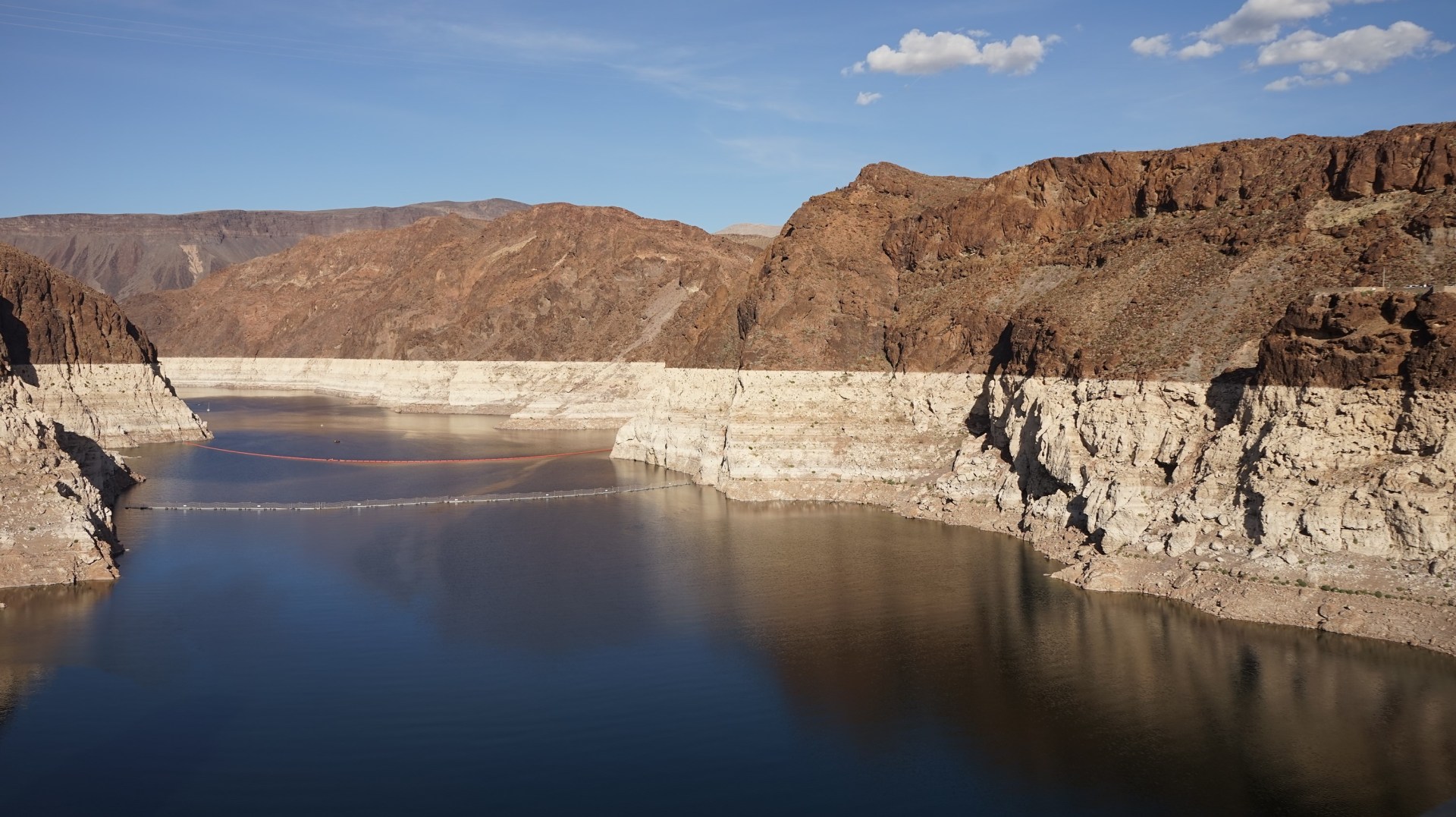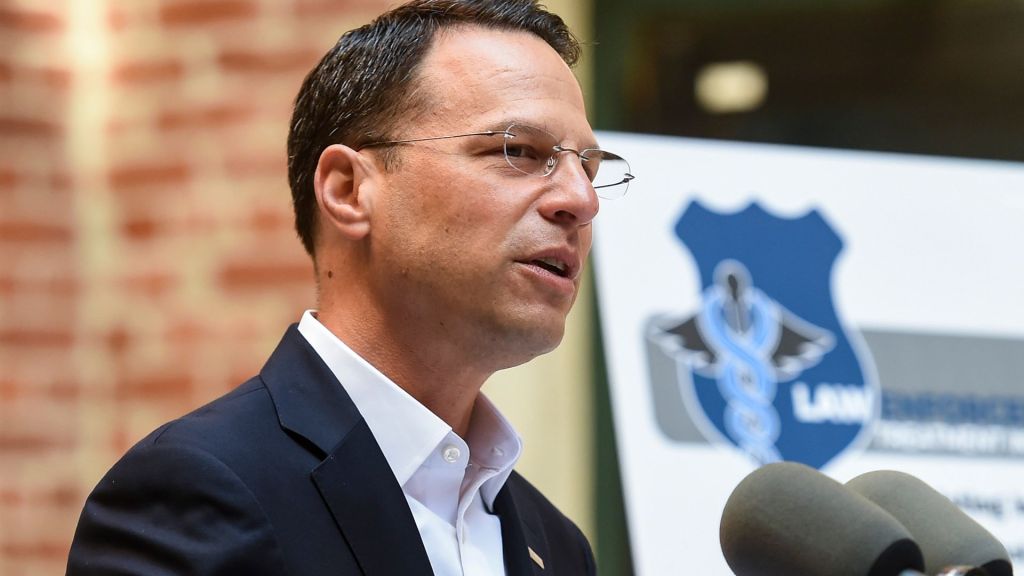
Commentary
-
Our commentary partners will help you reach your own conclusions on complex topics.
Hey everybody, Peter Zion here coming to you from Vegas and today we are going to talk about water and drought and all the things that come from that. Specifically here in the American Southwest, we have a water problem. Now for those of you who know your paleontological history, that’s a mouthful. You will know that the Southwest has a history of mass extinction and civilizational breakdown events that have on time descended into cannibalism. The issue is the train, it’s an arid area with a lot of elevation. And that means that most of its water comes from orthographic precipitation, which is a fancy term that says that when you get moisture moving across a landscape, if it hits an elevation center, a mountain it will rise. And if the temperature of the higher elevations is cold enough, the water will condense into vapor form clouds and then rain. And most of the rainfall that hits the American Southwest has that sort of origin. The problem with orthographic precipitation, though it’s fickle, and oftentimes, you will not get enough cold temperatures at elevation or not sufficiently humid air currents in order to generate the moisture in the first place. So rivers literally come and go. And that has caused the collapse of civilizational systems as you get mega droughts from time to time to time, we are in one of those periods now. So that’s problem one. Problem two, when the American Southwest realized that they had limited amounts of water, the States back in the 1920s 1922, I think, set up a legal structure called the Colorado River Compact in which they agreed to share the water. The problem was that the year that they use to evaluate how much water they had to share, it was one of the wettest years on record. So we’ve known for decades that in time, the volumes that were written out in the treaty just weren’t going to be there. In addition, this is all heavily litigated and legalized, all written down in law. And at the federal level, it’s an issue of senior water rights. So the urban centers that existed at the time of the treaty 1922 have priority. And anyone who has built infrastructure since then, to tap into the waterway network is at a lower priority. So if you were an urban Senator 1922, you have seen your water rights, and everyone else who has added is lower and lower and lower and lower until if you were at the very bottom and say the 70s. When your system was built, you’re at the very, very bottom. The first state mentioned in the compact is the one that had the highest population then and now. And that’s California. But Los Angeles has 15 million people, the entire Southwest only had that many people in 1922. So you can see is part of the problem. The last state to build out its infrastructure to tap the waterway network was Arizona, it only finished the common sorry, the central Arizona project in the late 60s and into the 70s. So they’re at the very bottom. And when there was a dispute over water a few years ago, Arizona and California ended up in Court and the Supreme Court ruled very, very clearly that California has senior water rights. And Arizona is at the bottom of the stack of junior water rights, which means that Arizona water demand can go to zero before California has to cut at all. And with that ruling in California’s back pocket. California has simply refused to engage in negotiations with the other states of the Colorado River Basin. So we even had a deal last year where all of the other states got together and agreed to slash their demand. If in exchange California were to make a moderate decline in California refused the California position officially is you will go to zero and die. And we will just keep having our golf courses.
So the debate now among the other states, especially the upstream states is about just walking away from the compact completely. Now this would like lead to California suing them in a court case that they would probably lose. But that would take years because it would get tied up in court. And in the meantime, California would go completely dry, and Southern California gets roughly a third of their water from the Colorado River. So massive economic dislocation. Now, aside from the whole human tragedy of this, why does this matter? Well, let me give you three reasons. Number one, the world is de globalizing and the United States is discovering if it still wants stuff that needs to build out its own industrial plant. So there is a competition among the states right now about where that stuff will go to Texas is probably going to be the single biggest winter, the American South looks really good. But there’s parts of the Southwest that are very, very high value added and getting semiconductor fabrication facilities in places like Phoenix are a great idea, but it requires water. In addition, we need to restore especially the electronic Supply Chain system and the Southwest is probably the best part of the country for that for labor reasons. In order to do manufacturing of electronics, you need a differentiated workforce with a lot of different price points. That means the person who does the lens for the camera is not the person who does the memory board is not the person who does the plastic molding is not the person who does the assembly. These are all different skill sets. They all have differ
to price points for the labor. And so you need multiple skill sets multiple price points, multiple labor forces in relatively close proximity. This is one of the reasons that East Asia has done so well in this space for decades. Because you have your technocracy is in Korea and Japan, and Taiwan, you have your mass assembly in places like Vietnam, and China, and then you have your mid range in places like Malaysia and Thailand, the only place in North America we have that sort of variation is in the US Mexico border, and for the Southwest. That’s a really good selling point, if you can keep the water flowing. And another big reason is agriculture. Now, one of the big problems one of the reasons why the Southwest is in this problem is that they are growing a lot of food in the desert. And you know, if you look at that on its surface, you got to wonder if that was a very good idea in the first place. And the answer is no, it was not a very good idea in the first place. But it is now part of our food security system. And so places like Yuma, Arizona, which are about as far south in the country, as you can get get all of their water from these watercourses that are governed by the compact. And if Colorado just walks away, then in the winter, we’re talking about losing a quarter to a third of most of our fresh vegetables, because it’s got the perfect climate for it if you got the water. Now, unlike, say, interior Washington, where you’ve got the Columbia River, which is the continents biggest water flow by volume, and you take water from that for, say, the Yakima Walla Walla and the Benson systems, you know, it’s not a big deal. But you can’t do that in at scale over time in a watershed like we have in the southwest. And so we’re talking about losing a significant amount of food production that is important, not just locally and regionally, but across the national system. Now, California don’t get too smug, the Central Valley is facing this exact same problem. And you can’t blame that one on any one upstate. That is your homegrown ecological and agricultural crisis. That’s a problem for another day. And then third,
taxes, one of the things that we’ve seen in the last few years is Americans are moving in a way that they haven’t in quite some time, the baby boomers want to move someplace where it’s warmer, the millennials want to move someplace that has more elbow room where it’s cheaper to expand the cities, and therefore they can afford yards. And not a lot of people want to be dependent on mass transport because they’re afraid of diseases. Well, the American Southwest scratches all of those itches. And it has been the fastest growing part of the country from in migration in the country now for roughly 50 years. And all else being equal, there’s not a lot of reason to expect that to change, unless there’s a persistent water crisis. Now, the good news is there are a lot of things that America can do in order to get by a lot better, you remove a lot of the water intensive agriculture from the region, you make things like golf courses go away. You don’t have fountains in Phoenix, for example, and you just manage your water resources with the best technologies of the 13th century, we can probably have a population increase of 50% without a problem. But above all, the Colorado compact has to be renegotiated for a more realistic environment. And since California will not choose to do that willingly, they’re going to have to be forced, which means either we do have a crisis first triggered by the upstream states, or Congress steps in and abrogates the pact and imposes a replacement. This is going to be an ugly, ugly political issue for the next few years. That is absolutely unavoidable. But it’s absolutely critical. If the United States in general, this region in specific is going to take advantage of the demographic and geopolitical shifts that are racking our world right now. This region should be one of the biggest beneficiaries of the changes going on. But they have to be able to get the water situation right. All right. That’s it for me. See you guys next time.
-
Is the US looking for a war?
With conflicts, skirmishes and tensions simmering around the globe, and with the United States playing supporting roles in several of them, the question of whether the country getting involved directly is legitimate. The war in Ukraine, for example, has forced several European countries to reintroduce mandatory military service to confront the growing threat from Moscow.…
-
How future generations could shift US support for Israel
Israeli Prime Minister Benjamin Netanyahu addressed a joint meeting of Congress on July 24, calling for increased bipartisan support for Israel amid its 10-month war with Hamas. He praised President Biden’s “half century of friendship to Israel” and referred to Hamas as “sheer evil.” In the video above, Straight Arrow News contributor Peter Zeihan analyzes…
-
Why election of European Commission president is so important
Ursula von der Leyen has been reelected to another five-year term as president of the European Commission after a vote by EU lawmakers. Von der Leyen will now preside over a coalition that shifted to the right after recent European elections, where ultra-conservative parties won a record number of seats. In July, von der Leyen…
-
Protests in Bangladesh signal more trouble ahead
Public protests in Bangladesh against government hiring practices — and against the government’s military response to those protests — have left at least 174 dead and 2,500 jailed. Bangladesh’s people face an acute jobs and unemployment crisis, so public disagreements over hiring practices carry significant weight. The regime recently enforced a nationwide internet blackout as…
-
In US election, early polling doesn’t tell us anything yet
From President Joe Biden’s declining health to the attempted assassination of Donald Trump, there’s been a series of major political developments in the United States that might impact the results of the November election. These developments have led to renewed confusion, concern and debate regarding which candidate might win, and in the Democrats’ case, which…
Latest Stories
-
 U.S. Department of Defense
U.S. Department of Defense
Congress still trying to figure out how to reduce wasteful military spending
-
 DVIDS
DVIDS
US Navy, Air Force making waves with new weapons at RIMPAC
-
 Getty Images
Getty Images
Israeli PM Netanyahu meets with Trump at Mar-a-Lago
-
 Getty Images
Getty Images
Growing US nuclear power resurgence reaches the nation’s heartland
-
 Getty Images
Getty Images
Beer from the sun, other solar thermal projects get government funding
Popular Opinions
-
In addition to the facts, we believe it’s vital to hear perspectives from all sides of the political spectrum.
Latest Opinions
In addition to the facts, we believe it’s vital to hear perspectives from all sides of the political spectrum. We hope these different voices will help you reach your own conclusions.
The opinions published in this section are solely those of the contributors and do not reflect the views of Straight Arrow News.

















Latest Commentary
We know it is important to hear from a diverse range of observers on the complex topics we face and believe our commentary partners will help you reach your own conclusions.
The commentaries published in this section are solely those of the contributors and do not reflect the views of Straight Arrow News.
Peter Zeihan
Geopolitical StrategistHow future generations could shift US support for Israel
Why election of European Commission president is so important
Protests in Bangladesh signal more trouble ahead
Dr. Frank Luntz
Pollster and Political Analyst‘I don’t know’: Swing voters debate who best to replace Biden
‘Mad as hell’: Americans vent anger, frustration over politics
‘On death’s door’: Undecided voters react to first debate